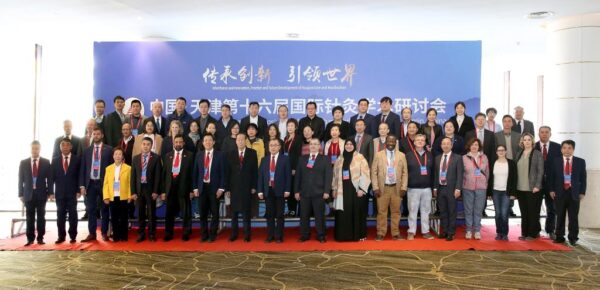Ensuring the Validity and Reliability of Studies through Trusted Sources in Scientific Articles

Abstract: Scientific articles serve as the bedrock of knowledge dissemination in academic communities. However, the credibility and impact of these articles heavily depend on the quality and reliability of the studies they cite. This article aims to provide guidelines for researchers to identify and utilize trusted sources in their scientific works. By adopting rigorous criteria and employing critical evaluation techniques, authors can enhance the validity and credibility of their research findings, thus contributing to the advancement of scientific knowledge.
- Introduction: In the realm of scientific research, the integration of reliable and reputable studies is essential for ensuring the accuracy and credibility of scholarly articles. This paper aims to elucidate the importance of sourcing from trusted references and presents practical steps to verify the reliability of sources incorporated in scientific publications.
- Defining Trusted Sources: Trusted sources refer to peer-reviewed publications, reputable journals, academic databases, and esteemed institutions known for their high research standards and rigorous review processes. These sources undergo thorough scrutiny, ensuring the validity of the studies they publish.
- Evaluating the Credibility of Sources: To assess the trustworthiness of a source, researchers must consider various factors, including the reputation of the publishing platform, the expertise of the authors, the peer-review process, and the presence of conflicts of interest. Journals indexed in recognized databases, such as PubMed or Web of Science, often adhere to stringent publication standards.
- Peer Review and its Role: Peer review is a crucial aspect of ensuring the quality of published studies. Researchers must select articles that have undergone a rigorous peer-review process, which involves subjecting the work to scrutiny by independent experts in the field. Peer review helps identify flaws, enhances the study’s rigor, and adds credibility to the findings.
- Cross-Referencing and Replicability: To establish the validity of a study, researchers should cross-reference the cited work with other reputable sources. If possible, they should attempt to replicate the findings of the referenced studies to verify their accuracy and consistency.
- Identifying Biases and Conflicts of Interest: Authors must be vigilant in detecting potential biases and conflicts of interest in the studies they cite. Financial, ideological, or personal affiliations that could sway the results should be critically examined to ensure the objectivity of the research.
- Distinguishing Between Primary and Secondary Sources: While primary sources present original research findings, secondary sources provide a summary or interpretation of primary studies. While both types of sources can be valuable, relying on primary sources directly strengthens the reliability of an article.
- Updating and Recentness: To maintain relevance, researchers should prioritize recent studies that reflect the most current state of knowledge in their field. Outdated sources may contain information that has been refined or discredited over time.
- Diverse Perspectives: Authors should strive to incorporate studies from diverse perspectives to avoid potential biases and to enrich the discussion on the topic.
- Conclusion: Utilizing trusted sources is a fundamental practice that underpins the credibility and value of scientific articles. By carefully selecting reliable references through critical evaluation, peer review, and cross-referencing, researchers can fortify the validity and reliability of their own work, fostering a more robust scientific community built on evidence-based knowledge.
Esparrago-Kalidas, A. J. (2021). The effectiveness of CRAAP test in evaluating credibility of sources. International Journal of TESOL & Education, 1(2), 1-14.
Nakov, P., Corney, D., Hasanain, M., Alam, F., Elsayed, T., Barrón-Cedeño, A., … & Martino, G. D. S. (2021). Automated fact-checking for assisting human fact-checkers. arXiv preprint arXiv:2103.07769.
Metzger, M. J. (2007). Making sense of credibility on the Web: Models for evaluating online information and recommendations for future research. Journal of the American society for information science and technology, 58(13), 2078-2091.
Hovland, C. I., & Weiss, W. (1951). The influence of source credibility on communication effectiveness. Public opinion quarterly, 15(4), 635-650.
De Laat, P. B. (2010). How can contributors to open-source communities be trusted? On the assumption, inference, and substitution of trust. Ethics and information technology, 12, 327-341.
-Dr. Fawaz Habbal





